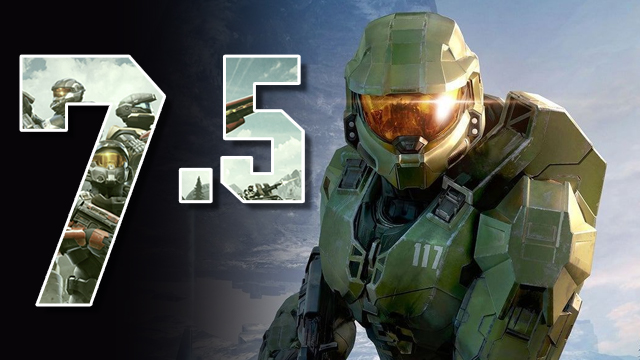Halo Infinite review for PC, Xbox Series X/S, and Xbox One.
No game has been more emblematic of Microsoft’s shift in priorities post-Game Pass than Halo Infinite. Its free-to-play multiplayer launched ahead of its planned release date, with 343 Industries providing the full experience — albeit in beta form — in November. Now, its long-awaited single-player campaign is gearing up for launch, with it…
-
The Banished are tons of fun to fight.
-
More open combat environments suits Halo incredibly well.
-
Big Team Battle is chaotic and can be thrilling.
-
Refreshing Halo multiplayer with high TTK.
-
Is unfinished by design.
-
Open-world feels pretty empty.
-
Linear environments are dull.
-
Escharum makes for a poor antagonist.
-
Multiplayer progression and playlist problems.











